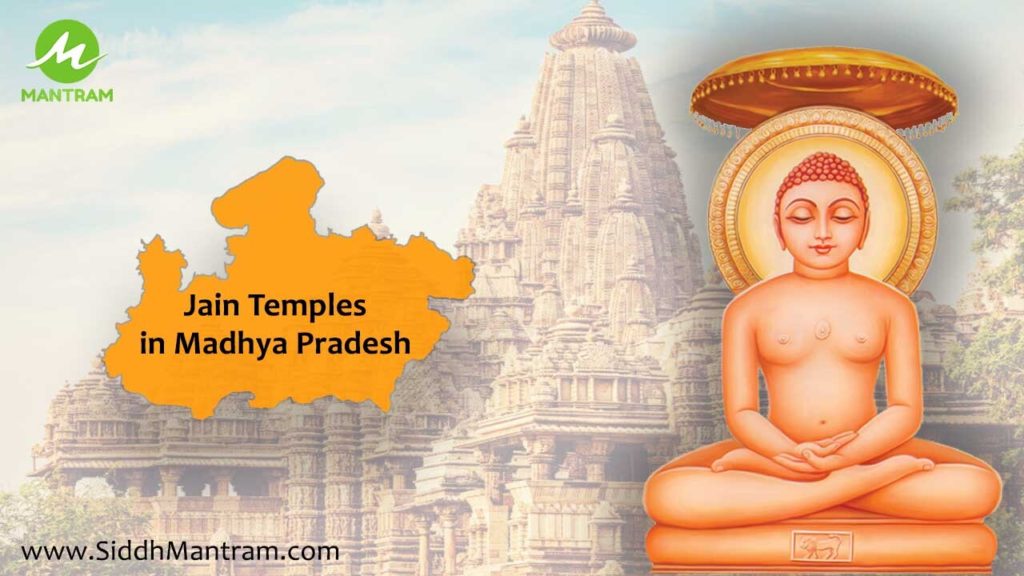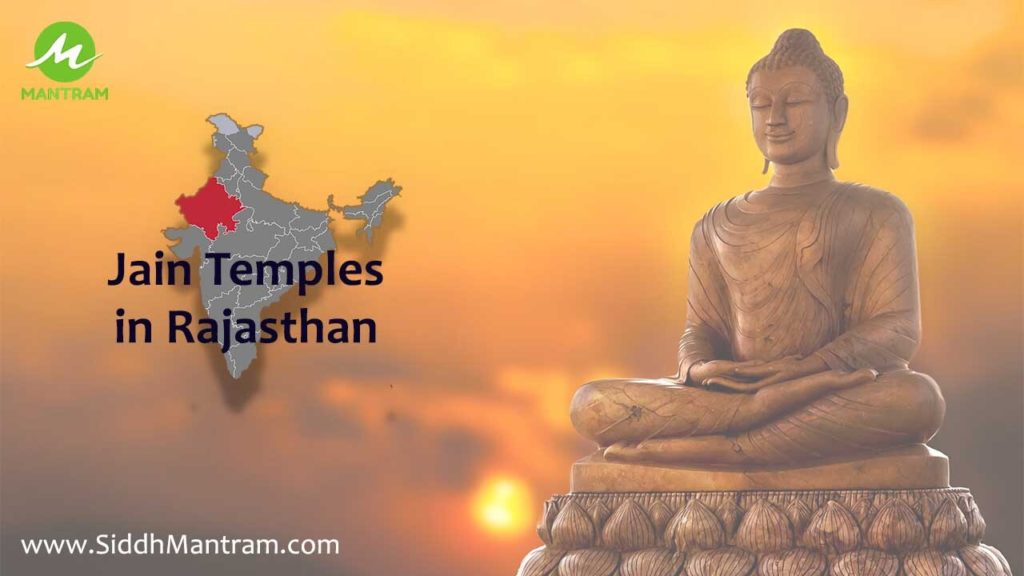Valinath Mahadev Temple holds remarkable importance among Shiva temples across the country. While most Shiva temples feature the worship of Lord Shiva in the form of a Shivalinga, this temple stands out for also housing a Swamyukha statue of Lord Shiva.
According to mythology, the worship of Lord Shiva at this sacred site dates back to the time of the Mahabharata, with legends suggesting that Lord Krishna himself installed the Shivalinga here.
This special feature sets Valinath Mahadev Temple apart, attracting devotees and visitors alike to witness the divine presence of Lord Shiva in both forms, the iconic Shivalinga and the Swamyukha statue.
Location of Valinath Mahadev Temple
The Valinath Mahadev Temple is located in the town of Bhavnagar, near the coastal area of Saurashtra in the state of Gujarat, India.
The devotees of Mahadev get the blessings of 12 Jyotirlingas just by darshan of the Shivalinga which has been established in Valinath Dham.
Why Valinath Mahadev Temple is so Special?
Valinath Mahadev Temple sits peacefully in Tarabh village, Gujarat, along the Unjha-Visnagar road.
It is a massive temple, covering an area of 1.45 lakh cubic feet, built in the ancient Nagar style using stones from Bansipaharpur.
Standing tall at 101 feet high, with a length of 265 feet and a width of 165 feet, this temple is quite impressive.
It is adorned with 68 beautiful pillars, adding to its charm.
It is the second-largest Shivdham temple in Gujarat, just after the famous Somnath Jyotirlinga Temple.
The construction of the temple is ancient Nagar style.
The construction of the Valinath Mahadev Temple took 14 years, a testament to the dedication and hard work.
Today, it is not just a building but a place of comfort and spirituality, where people come to seek blessings and find peace.
History of Valinath Mahadev Temple
The Valinath Mahadev Temple has a history that goes back 900 years. It is said that a respected person named Viramgiri Bapu, from the Rabari community, came to this place.
At the request of a devotee named Tarbhovan Rabari, Viramgiri Bapu visited Valinath Dham.
During his visit, he found an idol of Lord Valinath buried in the ground along with a sacred fire pit called Dhuni. This discovery led to the idol being taken out, consecrated, and worshipped.
Another story says that Viramgiriji had a dream that led to the excavation and finding of the Valinath Mahadev idol.
This idol is still worshipped in the temple today, carrying with it the history and spiritual significance of Valinath Mahadev Temple.
Architecture of Valinath Mahadev Temple
The Valinath Mahadev Temple combines traditional Gujarati and Rajasthani architectural styles, featuring intricate carvings, grand pillars, and domed ceilings.
Inside, the sanctum sanctorum holds the main deity, Lord Shiva, represented by a lingam. Outside, sculptures depict mythological tales and divine figures, enhancing the temple’s allure and splendor.
Why Temple is Known as “Valinath”
The name “Valinath” has an interesting origin story. Legend has it that during Lord Krishna’s Raas Leela with the Gopis, Lord Shiva also joined disguised as a Gopi. While dancing, Lord Krishna noticed Lord Shiva’s distinct earring, which revealed his true identity.
This earring was unique, leading to Lord Shiva being called “Valinath” derived from the word “Vali,” meaning earring. Hence, the name Valinath signifies Lord Shiva’s participation in the divine dance of Raas Leela alongside Lord Krishna.
Festival Celebrated at Valinath Mahadev Temple
All year round, the temple drones with excitement during religious festivals and rituals. During Maha Shivaratri, devotees gather in large numbers to honor Lord Shiva.
Similarly, Navratri is celebrated with vibrant enthusiasm, attracting people together for worship. These festivities not only uplift the spirits of the devotees but also strengthen the sense of unity and togetherness among them.
Best Time to Visit
The best time to visit Valinath Mahadev Temple is during festivals or early mornings when the temple is less crowded, allowing visitors to surge in the spiritual ambiance undisturbed. Maha Shivaratri and other Hindu festivals are celebrated with great enthusiasm, offering a unique glimpse into local traditions and customs.
Conclusion
Valinath Mahadev Temple stands as a timeless symbol of faith and devotion in Gujarat. Its historical significance, breathtaking architecture, and peaceful surroundings make it a must-visit destination for travelers seeking spiritual enlightenment and cultural exploration.
Valinath Mahadev Temple in Gujarat is special because it has both a Shivalinga and a Swamyukha statue of Lord Shiva. The temple’s design mixes Gujarati and Rajasthani styles, making it even more appealing.
During festivals like Maha Shivaratri and Navratri, people gather here for joyful celebrations. Whether you visit during a festival or a calm morning, the temple provides a peaceful space for spiritual contemplation and connecting with the divine.



